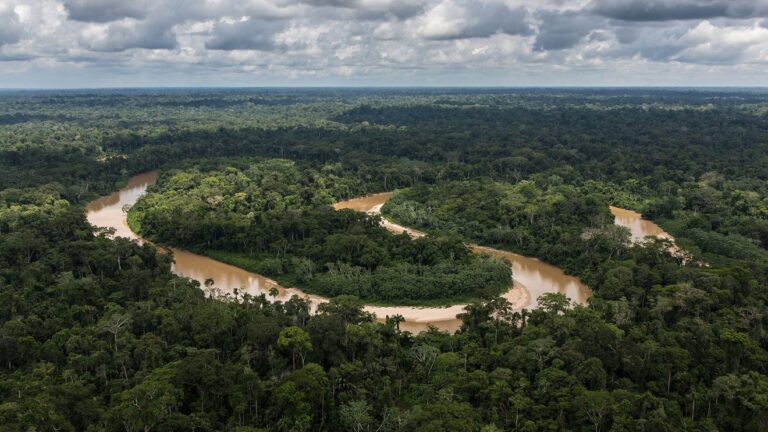A recent study led by scientists at NASA’s Jet Propulsion Laboratory in Southern California has identified whether vegetated areas like forests and savannas around the world were carbon sources or sinks every year from 2000 to 2019.
The research found that over the course of those two decades, living woody plants were responsible for more than 80% of the sources and sinks on land, with soil, leaf litter, and decaying organic matter making up the rest. But they also saw that vegetation retained a far smaller fraction of the carbon than the scientists originally thought.
In addition, the researchers found that the total amount of carbon emitted and absorbed in the tropics was four times larger than in temperate regions and boreal areas (the northernmost forests) combined, but that the ability of tropical forests to absorb massive amounts of carbon has waned in recent years.
The decline in this ability is because of large-scale deforestation, habitat degradation, and climate change effects, like more frequent droughts and fires. In fact, the study, showed that 90% of the carbon that forests around the world absorb from the atmosphere is offset by the amount of carbon released by such disturbances as deforestation and droughts.
The scientists created maps of carbon sources and sinks from land-use changes like deforestation, habitat degradation, and forest planting, as well as forest growth. They did so by analyzing data on global vegetation collected from space using instruments such as NASA’s Geoscience Laser Altimeter System (GLAS) on board ICESat and the agency’s Moderate Resolution Imaging Spectroradiometer (MODIS) aboard the Terra and Aqua satellites, respectively.
The analysis used a machine-learning algorithm that the researchers first trained using vegetation data gathered on the ground and in the air using laser-scanning instruments.
“The Amazon was considered a substantial carbon sink because of large tracts of pristine forest that soak up carbon dioxide,” said Sassan Saatchi, principal scientist at JPL and the study lead investigator. “However, our results show that overall, the Amazon Basin is becoming almost neutral in terms of carbon balance because deforestation, degradation, and the impacts of warming, frequent droughts, and fires over the past two decades release carbon dioxide to the atmosphere.”



